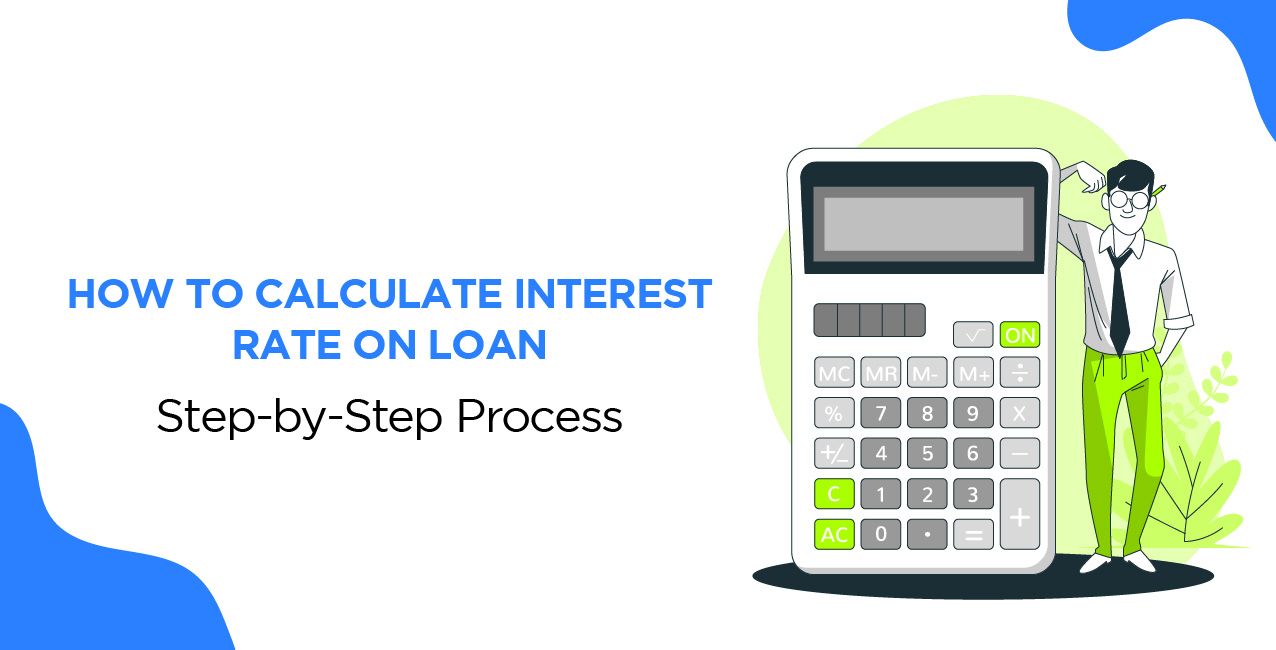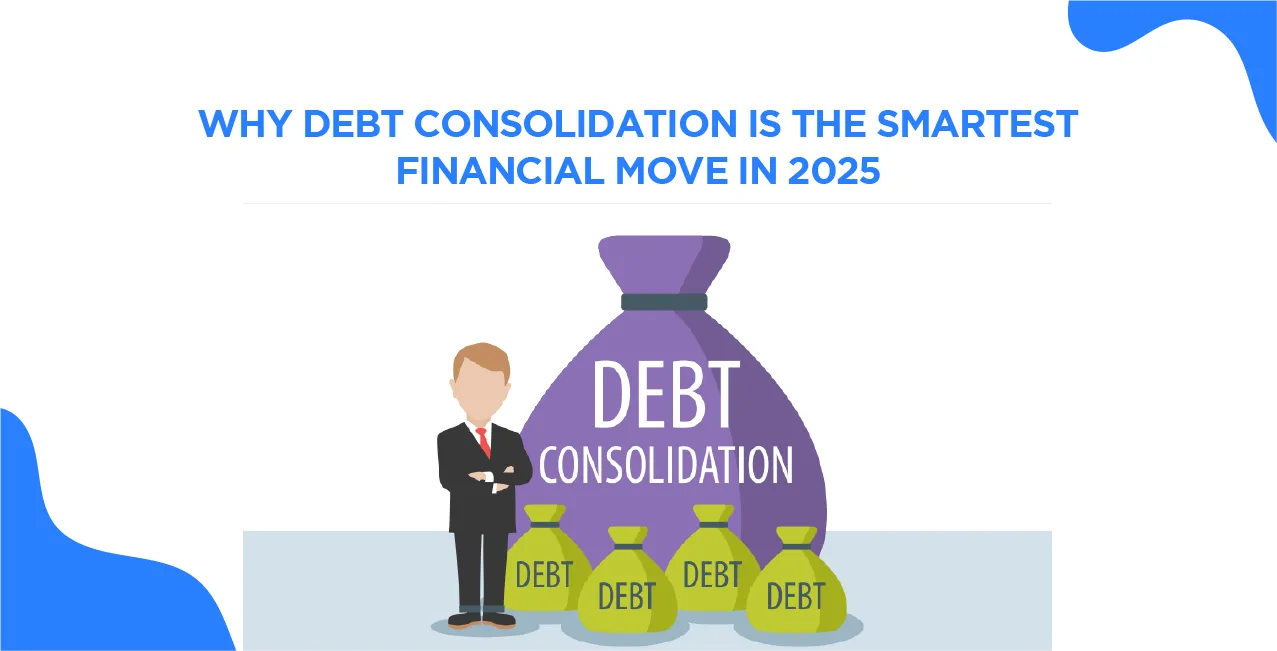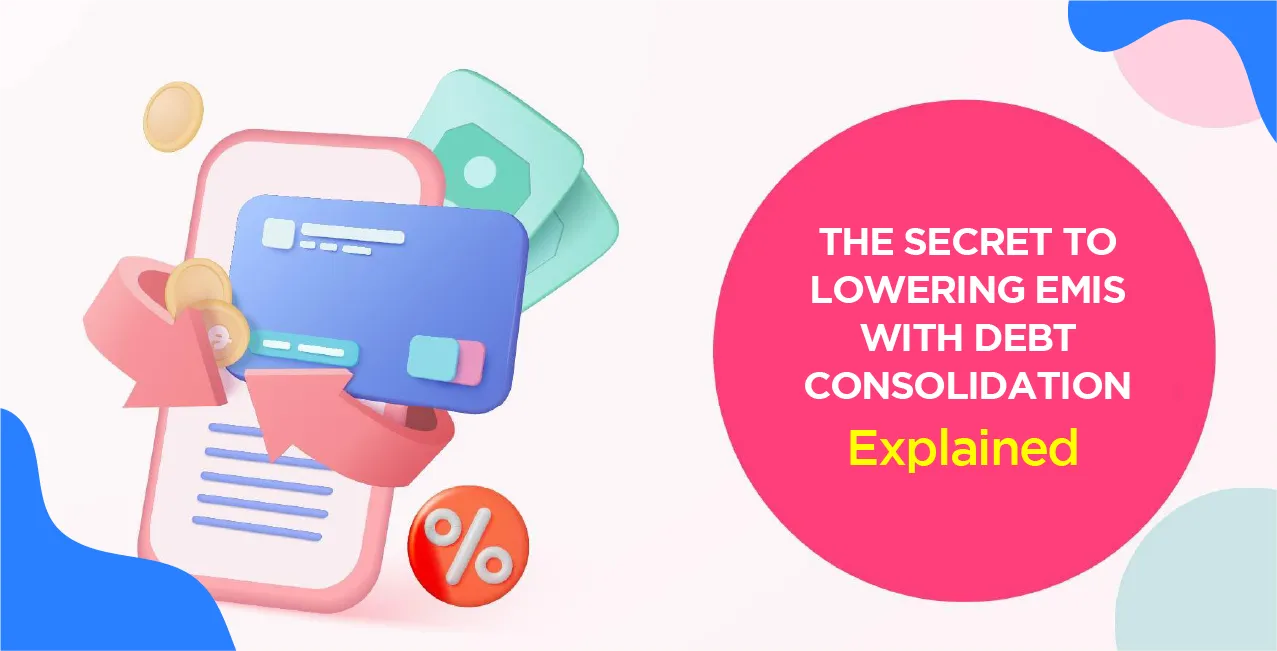
Author
LoansJagat Team
Read Time
6 Min
02 Jun 2025
How to Calculate Interest Rate on Loan – Step-by-Step Formula Guide
Nitin is a Businessman who needs a ₹10,00,000 loan for his business growth. Every time he took a loan, he calculated the interest rate of the loan.
Nitin said: To calculate the interest rate on a loan, use the next simple interest formula: Interest = (Principal * Rate * Time) / 100, in which principal is the amount of the loan, rate is the annual interest rate, and time is the duration of the loan in years. By rearranging the formula, it is possible to obtain the value for interest rate (r) once the amounts are known as principal, interest, and time.
What is the Interest Rate?
An interest rate is the extra fee you can pay when borrowing funds- a fee for borrowing another person’s money.
Example: Nitin is out to buy a bike for ₹50,000, but he cannot afford to do so with his savings. He takes a loan from a bank. The bank says, “Borrowing ₹50,000 from us will amount to returning ₹55,000 once the loan matures”.
Here, the extra ₹5,000 is the interest, and the 10% added to the loan is the interest rate.
Read More – How to Calculate Interest Rates – Step-by-Step Guide
- Higher rate = More cost (e.g., 15% = ₹57,500).
- Lower rate = Less cost (e.g., 5% = ₹52,500).
In short, interest is the "rent" you pay for borrowed money.
Type Of Interest Rate
When Nitin takes a loan, the bank can charge interest in different ways. Here are the two main types:
1. Simple Interest
- Calculated only on the original loan amount (principal).
- Best for short-term loans (e.g., personal loans).
Example:
Nitin borrows ₹1,00,000 at 10% simple interest for 3 years.
- Yearly Interest = 10% of ₹1,00,000 = ₹10,000
- Total Interest (3 years) = ₹10,000 × 3 = ₹30,000
- Total Repayment = ₹1,00,000 + ₹30,000 = ₹1,30,000
2. Compound Interest
- Calculated on principal + accumulated interest.
- Used in savings accounts, credit cards, and long-term loans.
Example:
Nitin deposits ₹1,00,000 in a bank at 10% compound interest (yearly) for 3 years.
- Year 1: ₹1,00,000 + 10% = ₹1,10,000
- Year 2: ₹1,10,000 + 10% = ₹1,21,000
- Year 3: ₹1,21,000 + 10% = ₹1,33,100
- Total Interest Earned = ₹1,33,100 – ₹1,00,000 = ₹33,100
Simple Interest Vs Compound Interest
Feature | Simple Interest | Compound Interest |
Calculation | Only on principle | Principal + past interest |
Growth speed | Slow (fixed) | Fast (snowballs) |
Used For | Short-term loans | Savings, long-term loans |
Nitin Example | Pays ₹30,000 interest | Earns ₹33,100 interest |
How to Calculate Interest on a Loan?
Nitin’s dream is to have a ₹2 lakh bike, but to buy one, financing will require a loan. The computation of interest is required for him to determine how much more he’ll be paying. Here’s how:
1. Simple Interest Loan (Easy Calculation)
Formula:
Interest = (Principal × Rate × Time) ÷ 100
Nitin’s Example:
- Loan Amount (Principal): ₹2,00,000
- Interest Rate: 8% per year
- Loan Tenure: 3 years
Calculation:
Interest = (2,00,000 × 8 × 3) ÷ 100 = ₹48,000
Total Repayment = ₹2,00,000 + ₹48,000 = ₹2,48,000
2. Compound Interest Loan (Interest on Interest)
Formula:
Total Amount = P × (1 + r)^n
(P = Principal, r = annual rate, n = years)
Nitin’s Example:
- Same loan (₹2L, 8% interest, 3 years), but interest compounds yearly.
Calculation:
Year 1: ₹2,00,000 + 8% = ₹2,16,000
Year 2: ₹2,16,000 + 8% = ₹2,33,280
Year 3: ₹2,33,280 + 8% = ₹2,51,942
Total Interest = ₹2,51,942 – ₹2,00,000 = ₹51,942
(Notice how compound interest costs Nitin ₹3,942 extra compared to simple interest!)
3. Monthly EMI Loans (Like Car/Bike Loans)
Most loans use EMIs (Equal Monthly Instalments) where you pay part principal + interest every month.
Nitin’s EMI Example (₹2L, 8%, 3 years):
- EMI Formula:
- [EMI Formula]
- (Don’t worry – banks calculate this for you!)
- Nitin’s EMI ≈ ₹6,267/month
- Total Repayment = ₹6,267 × 36 months = ₹2,25,612
- Total Interest = ₹25,612
(Cheaper than simple/compound because principal reduces monthly!)
Comparison Table: Which Loan Type Costs Nitin More?
Loan Type | Total Interest | Best For |
Simple Interest | ₹48,000 | Short-term loans |
Compound Interest | ₹51,942 | Investments/Savings |
EMI Loan | ₹25,612 | Cars, bikes, homes |
What Factor Affects a Nitin Loan Interest Rate?
When Nitin goes for a bike loan, the interest rate he gets from the bank can be different from what others get from the bank. Response.
5 Key Factors That Change Nitin's Interest Rate
1. Credit Score (Like a Money Report Card)
- Good (750+ score): "Trustworthy!" and Lower rate (e.g., 7%)
- Poor (<600 score): "Risky!" and Higher rate (e.g., 12%)
Example: Nitin pays ₹1,40,000 interest if his score is bad vs. ₹84,000 if good (on ₹2L, 3-year loan).
2. Loan Tenure (Time to Repay)
- Short term (1-2 years): Lower total interest (but higher EMIs).
- Long term (5+ years): More interest paid overall (but smaller EMIs).
3. Income & Job Stability
- High salary + steady job: Bank says "Safe!" and a Better rate.
- Low/unstable income: The Bank charges more for risk.
4. Loan Type (Secured vs. Unsecured)
- Secured (with collateral like a bike/house): Lower risk and Lower rate.
- Unsecured (no collateral): Higher risk and Higher rate.
5. Market Conditions
- If the RBI increases rates, all loans become costlier.
Nitin Example: How Rate Change
Factor | Good Scenario (Low Rate) | Bad Scenario (High Rate) |
750+ (7%) | 550 (12%) | |
Loan Tenure | 2 years (less interest) | 5 years (more interest) |
Income | ₹50K/month (low risk) | ₹20K/month (high risk) |
Loan Type | Secured (bike as collateral) | Unsecured (no collateral) |
Total Interest (₹2L Loan) | ₹30,000 | ₹1,20,000 |
How Nitin Can Get the Best Rate?
- Check credit score (fix errors if any)
- Compare 3-4 lenders (banks/NBFCs)
- Choose a shorter tenure if affordable
- Add collateral if possible
Remember: Even 1% less interest can save Nitin thousands! Always negotiate with the bank.
Conclusion
Nitin found out that it was not a chance, but a conscious decision that would help him to get a rate favourable for his bike loan. Having a good credit background (his 750+ credentials), applying for 3 3-year loan and using his bike as collateral, he was able to secure a 7% interest rate and not the 12% that is normally charged. His cautious way of doing things enabled him to save approximately ₹50,000 on interest payments! The key lessons?
Also Read - Navigating Interest Rates: How They Affect Your Loan Choices
Refining your money habits will bring your interest rate down, doing business with another set of lenders will reveal cheaper deals to wade on, and knowledge about loans will keep you. After following a smart plan, Nitin doesn’t need to concern himself with money anymore, and his savings can increase with the help of compound interest. If you make wise financial decisions today, you have a stronger financial tomorrow.
FAQs
- What is a loan interest rate?
It’s the extra cost you pay for borrowing money, like a "rental fee" on the loan amount. Example: If Nitin borrows ₹1 lakh at 10% interest, he pays ₹10,000 extra per year. - How is interest calculated on loans?
For simple interest: Multiply loan amount × rate × time (e.g., ₹1L × 10% × 2 years = ₹20,000 interest). For EMI loans, banks use a special formula (but calculators do the math for you). - Why does my friend get a lower interest rate than me?
Banks check credit score, income, loan type, and job stability. If your friend has better credit or a secured loan (like a car as collateral), they get better rates. - Does loan tenure affect interest?
Yes! Longer tenure = more interest paid overall (but smaller EMIs). Nitin’s 5-year loan costs more interest than a 3-year loan for the same amount. - Is compound interest bad for loans?
Yes! It means paying interest on interest (like credit cards). Nitin’s ₹1L at 10% compound interest becomes ₹ 1.1L in Year 1, then 10% on ₹ 1.1L in Year 2 = extra cost! - What’s the easiest way to calculate my loan EMI?
Use free online EMI calculators! Just enter the loan amount, rate, and tenure to see your monthly payment. - Do banks charge the same rate for all customers?
No! Rates depend on your profile. A salaried person with ₹50K/month income may get 8%, while a freelancer with irregular income may get 12% for the same loan. - Can I change my interest rate after taking a loan?
Usually no for fixed rates, but floating rates (like some home loans) change with market conditions. Nitin’s EMI could increase if the RBI raises rates.
How to Guides – Investing, Trading & Wealth Building | ||
About the Author

LoansJagat Team
‘Simplify Finance for Everyone.’ This is the common goal of our team, as we try to explain any topic with relatable examples. From personal to business finance, managing EMIs to becoming debt-free, we do extensive research on each and every parameter, so you don’t have to. Scroll up and have a look at what 15+ years of experience in the BFSI sector looks like.

Quick Apply Loan
Subscribe Now
Related Blog Post


